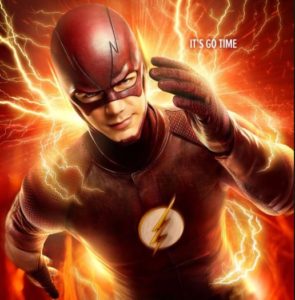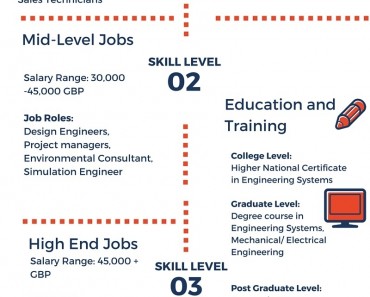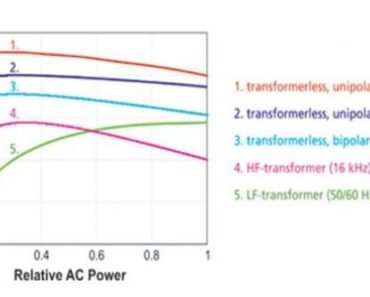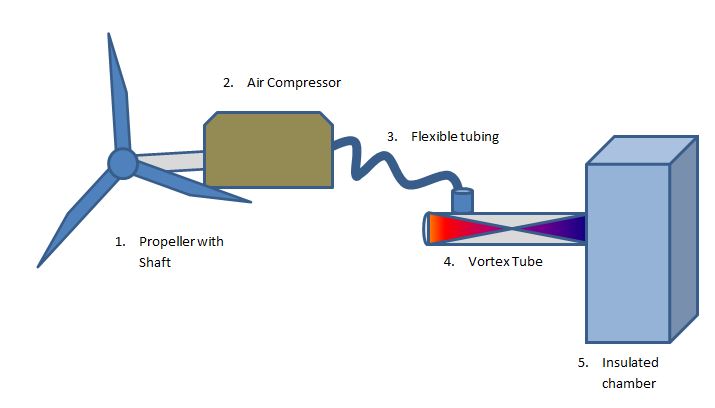Most of us know that Barry Allen or The Flash can tap into “Speed Force”, a supposedly scientific concept that has been created in the comics. This allows him not only to gain extremely high speeds, but also the ability to time travel and to alter reality. The Flash is not alone is using the “Speed Force”. There are many other characters in the Comic universe that can attain extremely high speeds that is even comparable to speed of light. So much so that they have the capability of disrupting the space time continuum.
However many times concepts are shown in the comics that are totally against the science of time travel that we know about today. For example in the 1978 movie Superman starring Christopher Reeve, it was shown that Superman reverses time by accelerating around the earth.
So let’s unpack the concepts of time travel. But firstly we must park aside the false ideas that we may have picked up from the movies. In particular concept of time travel as shown in the movie Back to the future. It is a scientific truth that time marches forward and it moves only in one direction. i.e from present to the future. Time cannot go backwards i.e go from present to past. The speed of time marching forward however is subjective and can change. Meaning time can either move slower or faster with respect to a certain object but it will move only in one direction present to future. The term used for the speeding up or slowing down of time from a reference point is termed as “Time Dilation”.
So now that we have clarified some of the ambiguity, let’s explore further how time can march forward slower or faster with reference to an object.
The marching speed of time depends upon two things. First is the speed and second is the Gravitational force. The Scientific terms of Kinematic time dilation and gravitational time dilation respectively are used to describe them. So let’s look at them individually.
What is Kinematic Time Dilation?
Well, the faster an object travels, the lesser time it experiences. The late Carl Sagan’s television series Cosmos in the 1980’s popularized the term “Twin Paradox”. Before that, this term was only known in the scientific community. The Twin paradox is a thought experiment that evoked much pondering among scientific elite at the start of the 20th century. In line with the interest in space exploration, the concept exploded into mainstream consciousness in the late 70’s.
The twin paradox assumes identical twins who are the subject of an experiment. The experiment is to measure the passage of time as one of the twins sits on a park bench while the other travels in a spacecraft around the earth at light speed. When the twins meet up after the travelling twin has completed several million laps of the planet, it will be noted that the stationary twin, would have aged a lot. On the other hand, the travelling twin would have experienced a lot less time and therefore would have aged less. So to reiterate, the faster an object travels, the lesser time it experiences.
Now let’s look at gravitational time dilation. The closer an object is to the centre of gravitational field, the slower its march forward in time. Consequently the further away an object is from the centre of a gravitational field the more time it experiences compared to an object close to the center.
For example, a person living at the top of a skyscraper would have clocked more seconds of life than someone living at the bottom floor. This effect is minuscule but grows with increasing distances. This is not just something we know from theory, but is measurable in real life. For instance an orbital satellite experiences an extra 38 microseconds each day compared to an object on the surface of the earth. The clocks on the satellite therefore have to be adjusted at fixed intervals to synchronize with the clocks on our planet. The accuracy of GPS satellites that orbit above 20,000 km will be hampered if this adjustment factor was not taken into consideration. Gravitational time dilation and has been confirmed through. many tests of general relativity. Two of the more renowned experiments are Pound — Rebka experiment and Gravity Probe A.
Likewise Kinematic Time dilation has also been confirmed through a very famous experiment. In a test conducted in 1971 that was dubbed as Hafele — Keating experiment, it was confirmed that a gain in time is observed by the clocks moving fast towards east. The reference frame assumed a stationary center of the earth. Slightly lesser gains were observed for objects moving at high speeds towards west. This was due to the eastward rotation of the earth. These experiments were carried out using commercial airliner with extremely precise atomic clocks on-board. The difference of time between the clocks would have been even more pronounced if the speed of aircraft was higher.
So we have now learnt how time dilation works. In the comics world, the character of Flash has revealed that he can perceive an attosecond. An attosecond is 1×10^−18 of a second. For context, an attosecond is to a second what a second is to about 31.71 billion years. This means Flash can see a ray of light going past him in super slow motion. This a bit far fetched but at least it is in line with the theme of time dilation, which is, things that are moving fast experiences less time or in other words, the marching of time slows down for them.
As for explaining how lightning is created as Flash moves, the only scientific explanation would be the Flash costume ionises the air around him and his movement helps connect the pockets of charge particles in ambient air which produces the lightning. You are free to comment in the section below about what you think causes the lightening.
Please feel free to share this article using the buttons below.







